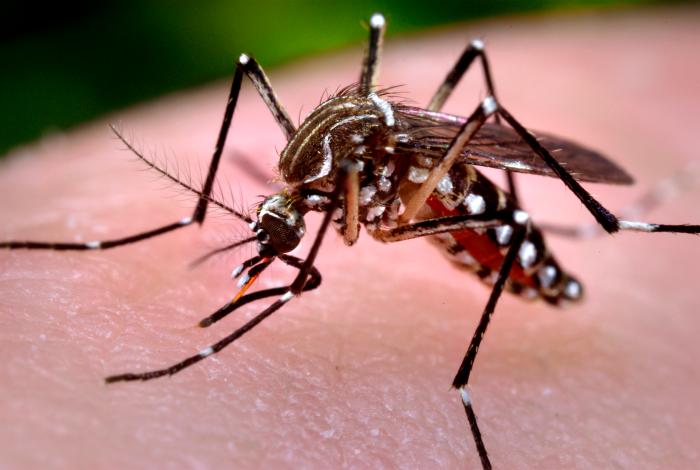It has been well documented that Brazil is facing a serious dengue fever situation in 2015 with more than 750,000 cases of the viral disease reported as of May 8, with all four dengue strains being seen.

In fact, Brazil’s Health Minister, Arthur Chioro said yesterday that the country was “technically” facing a dengue fever epidemic.
Concerning chikungunya in Brazil, as of last Friday officials have reported 6,200 autochthonous cases.
Both diseases are transmitted to humans by the same mosquitoes (Aedes aegypti and Aedes albopictus).
Yellow fever, also transmitted by the Aedes mosquito, is endemic in Brazil.
Now Brazilian health authorities are reporting another Aedes aegypti transmitted virus–Zika virus. According to a Folha de S. Paulo report, 16 patients have been confirmed infected by the zika virus.
According to the Health Minister, Arthur Chioro, eight patients are from Camaçari city, in the State of Bahia.
The other cases were confirmed in cities of Rio Grande do Norte. However, more than 1,000 illnesses are being investigated.
Zika virus (ZIKV) is a flavivirus related to yellow fever, dengue, West Nile, and Japanese encephalitis viruses; however, ZIKV produces a comparatively mild disease in humans. It was first isolated from an infected rhesus monkey in the Zika Forest of Uganda in 1947.
Its relatively rare to see ZIKV outside of Africa and Asia. The virus is transmitted to humans via mosquitoes of the genus Aedes.
Information regarding pathogenesis of ZIKV is scarce but mosquito-borne flaviviruses are thought to replicate initially in dendritic cells near the site of inoculation then spread to lymph nodes and the bloodstream.
Symptoms may include a headache, a maculopapular rash covering the face, neck, trunk, and upper arms,which may spread to the palms and soles. Transient fever, malaise, and back pain may also develop.


8 thoughts on “Zika virus is the latest Aedes transmitted infection reported in Brazil”